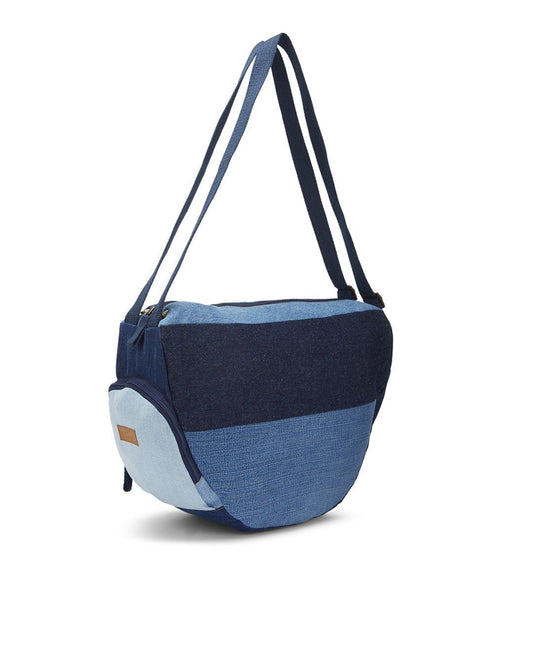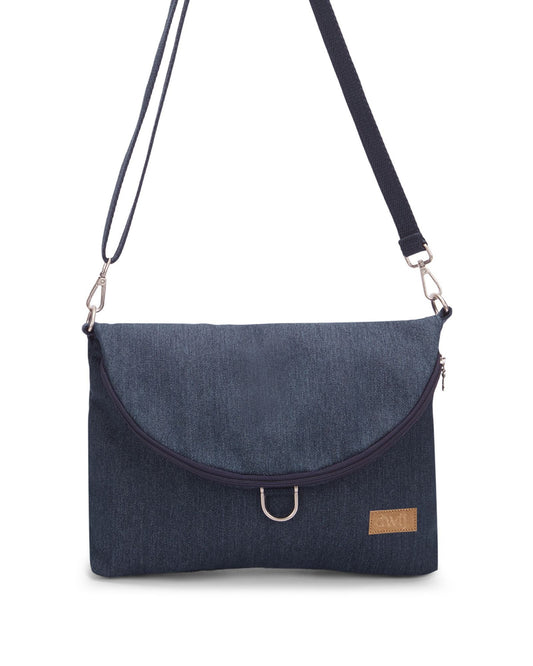The awareness of the adverse effects of the textile industry and the concept of upcycling are still at a nascent stage. We, Dwij, aim to make people aware of the ill effects of the fast fashion industry through our products.

How often do you shop? Yearly, Seasonal, monthly, weekly or daily? Clothing brands compete against each other by mass producing clothing and putting out new collections every once, twice or sometimes several times a season. Teenagers and young adults, easily fall for new, trendy and stylish clothes, knowingly or unknowingly encouraging fast fashion. But how aware are you about what goes behind making one piece of clothing or what happens after you have used it to your heart's content or the outfit is no longer in fashion?
Fast-fashion, falling prices and disposable clothing are creating more waste with every passing year. Large quantities of oil and water, two natural and non-renewable resources that are becoming scarce are used to produce synthetic fibres. Toxic chemicals are used to dye clothes, which is also a water intensive operation to their desired colour. In 2015 alone, 98 million tonnes of oil was consumed to produce synthetic fibres. Washing and disposal of synthetic fibre/material have environmental impacts. It also impacts our health in the long run.
After so many harmful procedures, the average number of times a garment is worn before it ceases to be used has decreased by 36% compared to 15 years ago, while the production has doubled. Worse, around 80 to 100 billion garments, that are not used even once are sent to landfills globally every year. While, 95% of the landfilled garments are of good quality and can be reused, recycled or upcycled, 12% of this are used in lower value applications such as insulation material, wiping cloth or mattress stuffing. The remaining 73% is landfilled. Here the garments bleed colour and the toxic dyes seep into the soil, degrading the quality of soil and underground water. Most materials take months to decompose, due to which water bodies also get clogged. Clothes also release methane and other greenhouse gasses as they decompose. Manufacturing of clothes is also connected to modern slavery.
While there are people who repurpose their clothes, the number is still negligible. The awareness of, the adverse effects of the textile industry and the concept of upcycling is still at a nascent stage. We, Dwij, aim to make people aware of the ill effects of the fast fashion industry through our products. We work with post-consumer jeans and post-industrial denim and cotton clothing, to upcycle them to bags and jewelry and thus working towards the cause of textile waste reduction. We aspire to be a zero waste company. So far we have saved almost 2000 jeans from going into the landfills, only to be another element of pollution. Shop our products here.
It is rightly said, prevention is better than cure. This holds true even for pollution. Making attempts to clean up before the pollution is better than attempting to clean after when most of the damage is done and the ecological balance is damaged beyond repair. Sustainability, should be much more than just a buzzword. It’s time we practice it too. Find out about the fabrics that are sustainable in this post and learn how you can make conscious choice in this post.






